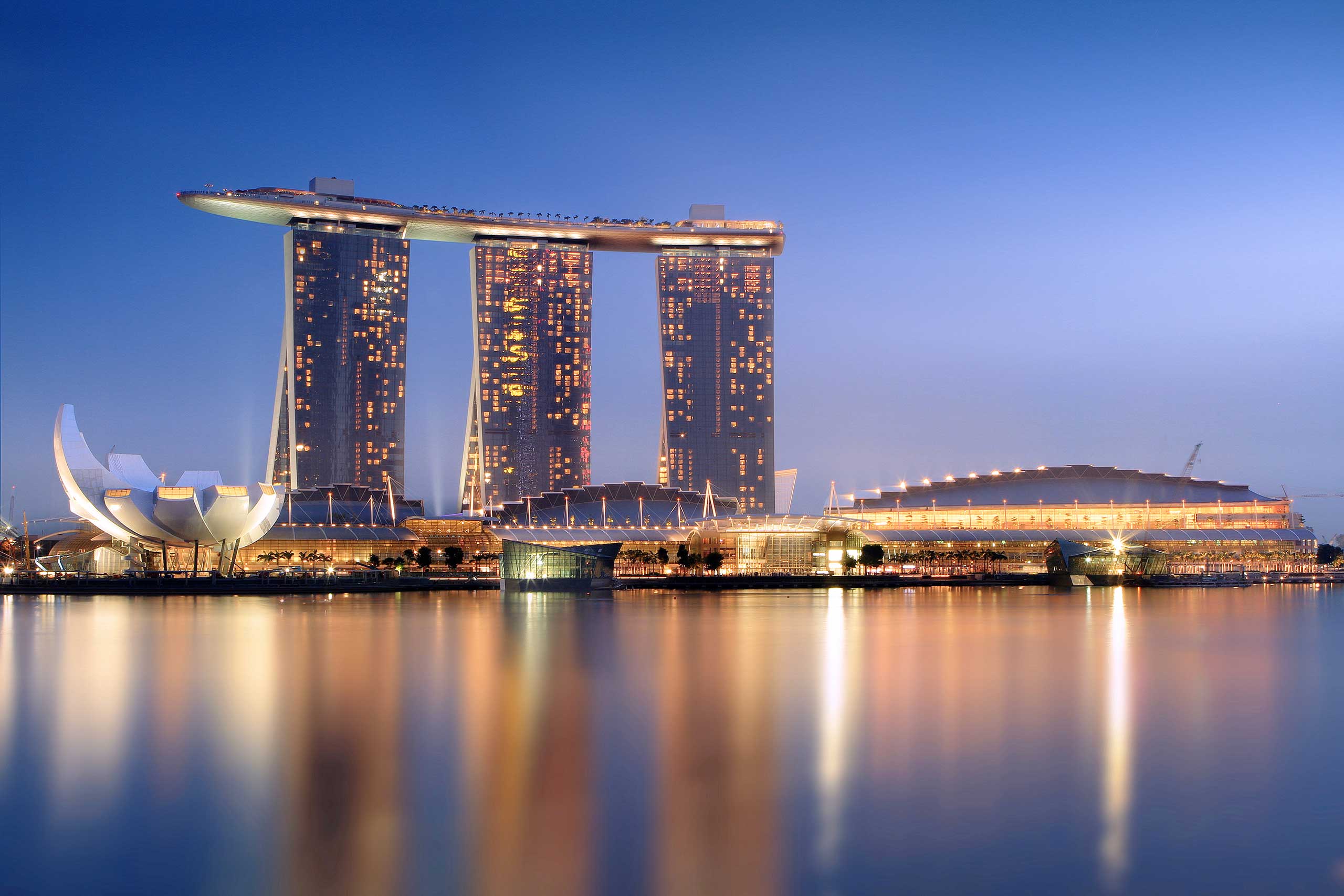Curating Against Forgetting


This tension is elaborated in the film by putting contemporary footage shot across New York, Algiers and Dhaka at modernist architectures designed to reflect the burgeoning internationalism of the day into dialogue with archival material of the two meetings sourced exclusively from institutional archives. This choice of working through images already suffused with mythic value distinguishes Two Meetings from Mohaiemen’s previous works wherein a focus on marginal figures of the international Left necessitates an archaeological process of discerning figuration from the shattered ruins of a little-known phenomenon.35 Certainly, the narration of a history directed largely by powerful state actors demands something different. Archaeology must give way to a process better described as forensic. That is, of seeking within a set of fully contoured figures traces that might serve as indexical signs of occulted histories or unrealized futures foreclosed by solidarity’s all-consuming iconology in the moment.
Still, we are called to look. In fact, by holding its prolonged gaze upon these two scenes at once, the film declares itself to be that line of transmission. This “blind compulsion” of the cinematic frame is thoroughly indexical, yet it lacks the quality of the trace aligned to the that-has-been.45 Instead, this is the index as deixis, as formulated within Peirce’s taxonomy but oft-forgotten in favor of privileging indexicality’s evidentiary force. This second understanding of the index establishes contiguity, however tenuously, by declaring a gap between sign and object that is to be closed with the application of our attention.46 Like a pointed finger or a command to simply look “here,” the cinematic frame, in performing this deictic function, forcibly orients us towards something that nonetheless can only be brought into view through our reciprocal pursuit of the sign. And so we look, between the two images, between “here” and “there,” between “then” and “now,” occupying and somewhat suturing, however partially and momentarily, the gap between them. That is, between the materialist Third World internationalism declared at Algiers in 1973 and a present marked as much by a forgetting of this history as by emergent transnational solidarities seemingly poised to repeat tragedy as farce.
Share
Author
Sponsor



